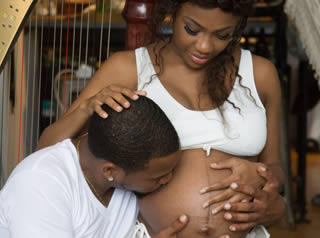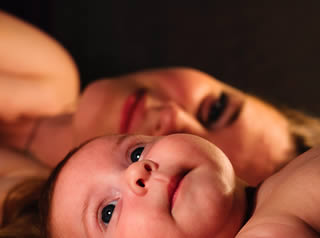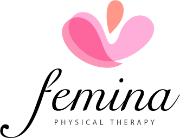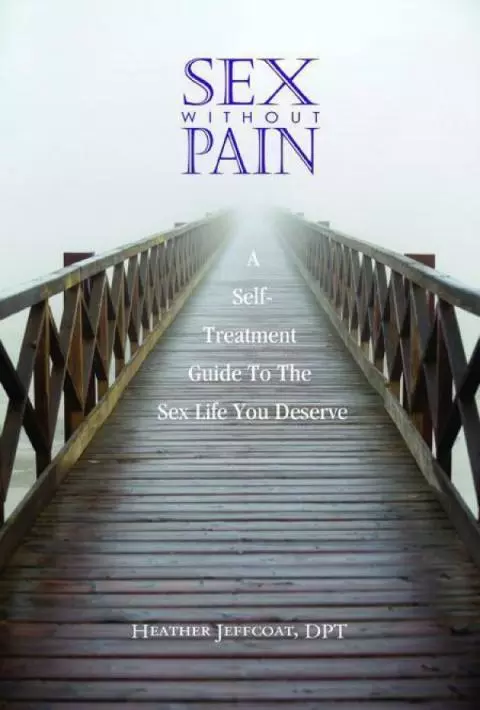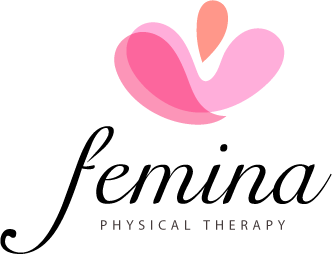Alphabetical Index of Articles on Women's Sexual, Pelvic Floor, and Reproductive Health
International Journal of Childbirth Education | Carpal Tunnel Syndrome During Pregnancy

Carpal Tunnel Syndrome During Pregnancy: Tips & Tricks to Ease the Pain
International Journal of Childbirth Education, March 2010
by Heather Jeffcoat, DPT
Carpal Tunnel Syndrome during pregnancy is a commonly overlooked problem by healthcare practitioners. It presents as mild to severe pain, numbness, and sometimes weakness in the hands, wrists and forearms along the distribution of the median nerve. At times, the muscles in the forearm ache due to compensations in movement or activity that may result.
The pain can occur at night, further disrupting sleep patterns. These symptoms may arise due to postural changes, increased edema, occupational stressors, or a combination of these. Often patients are told their symptoms will resolve after delivery. Although this is usually the case, patients can perform a few simple exercises that may ease or even eliminate this pregnancy complaint.
International Journal of Childbirth Education | Exercises for Lower Back Pain in Pregnancy
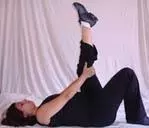
Physical Therapy, Stretches, and Massage for Sciatic Pain, Hip Pain, and Pelvic Floor Misalignment
International Journal of Childbirth Education. September 2008
Heather Jeffcoat, DPT
Exercises for Lower Back Pain in Pregnancy
This article discusses exercises for lower back pain in pregnancy--It is a common problem but just doing a few exercises can help reduce the lower back pain in pregnancy. We know you have things to do and can't be slowed down by lower back pain! This aricle will give you helpful exercises to reduce your lower back pain in pregnancy and can be done postpartum as well.
Sciatic pain? Lower back pain? Hip pain? Any of these sound familiar? What can be done for these women suffering through one of the best times of their lives? So often the advice given is to “just get a massage.” Yes, massages feel WONDERFUL, but unfortunately many women find themselves $100 poorer (plus tip!) and still in pain several hours later. Why does this happen?
Massage techniques are essentially designed to reduce muscle spasm as well as manually stretch the muscles. But this type of treatment offers only symptomatic relief and does not always address the source of the pain. Women’s health physical therapy practitioners are trained to address the source of the pain and provide the pregnant patient with an appropriate treatment plan. Sometimes, this includes massage as a means to decrease the present muscle spasm. However, there are key exercises and education to provide your patients with that can also help so many of these women and oftentimes, prevent the pain from returning.International Journal of Childbirth Education | Help for Postural Pain After Breastfeeding

Help for Postural Pain after Breastfeeding
International Journal of Childbirth Education. March 2009
Heather Jeffcoat, DPT
Help for Postural Pain After Breastfeeding
This article provides help for postural pain after breastfeeding. In this joyous time of life, you don't want neck, shoulder and back pain to enter into your experience. With some key postural exercises, you can help reduce or eliminate the postural pain you have after breastfeeding.
One of the most precious bonds between a mother and her new baby is sharing the closeness of nourishing her child. Whether this occurs by breast or by bottle, there is nothing that compares to holding that little baby close, looking into their eyes and taking in that sweet baby scent. Over time, with poor positioning of her infant and adaptive postures that the mother will take on, musculoskeletal pain may develop. The most common place to develop these aches and pains are in the neck, upper and mid-back regions. They can be as mild as a dull ache felt between the shoulder blades to a debilitating tension headache that can make it difficult to care for her child.
International Journal of Childbirth Education | Help for Pubic Symphysis Pain (Pelvic Girdle Pain)

Help for Pubic Symphysis Pain
International Journal of Childbirth Education. June 2009.
Heather Jeffcoat, DPT
Pubic symphysis pain, or anterior pelvic girdle pain, is one of a myriad of musculoskeletal pains that women may experience during pregnancy. This pain can be debilitating, requiring some women to use crutches or a rolling walker to alleviate the pain while allowing some mobility. Some studies report that up to 50% of pregnant women have some type of pelvic girdle pain prior to 20 weeks gestation. Additionally, this pain negatively affects perceived health and sexual life during pregnancy (Mogren, 2006).
International Journal of Childbirth Education | Post-partum Pelvic Pain

This article covers post-partum pelvic pain and the various reasons women experience it
International Journal of Childbirth Education. December 2008.
Heather Jeffcoat, DPT
You had the perfect pregnancy. Your delivery could not have been any better. At your six-week checkup, everything looks great. So, what’s with all the pain? Pelvic pain is an often neglected problem that many women experience after childbirth. However, when pain persists beyond the first few weeks, patients are often hesitant to mention it to their healthcare providers.
PT Products Magazine: Childbirth Injuries
Childbirth Injuries
PT Products Magazine. July 2009
Heather Jeffcoat, DPT
You had the perfect pregnancy. Everyone in the delivery room told you the delivery went smoothly. At your six-week checkup, your doctor tells you that everything looks great. So, how long will this incontinence last? And when will this pain go away?
Pelvic pain is an often neglected problem, that many women experience after childbirth. However, when pain persists beyond the first few weeks, patients are often hesitant to mention it to their healthcare providers. Oftentimes when they do, they are told “it will get better with time” and no further support is provided.
This pain can persist for weeks, months and sometimes years. That is a long time to wait, especially if the pain is preventing you from returning to exercise, playing with your little one, or even enjoying intimacy with your spouse. There are several potential sources of persistent postpartum pelvic, vaginal or rectal pain. These include scar tissue hypersensitivity, peripheral nerve injury or entrapment, joint injury or pelvic floor muscle spasm.

